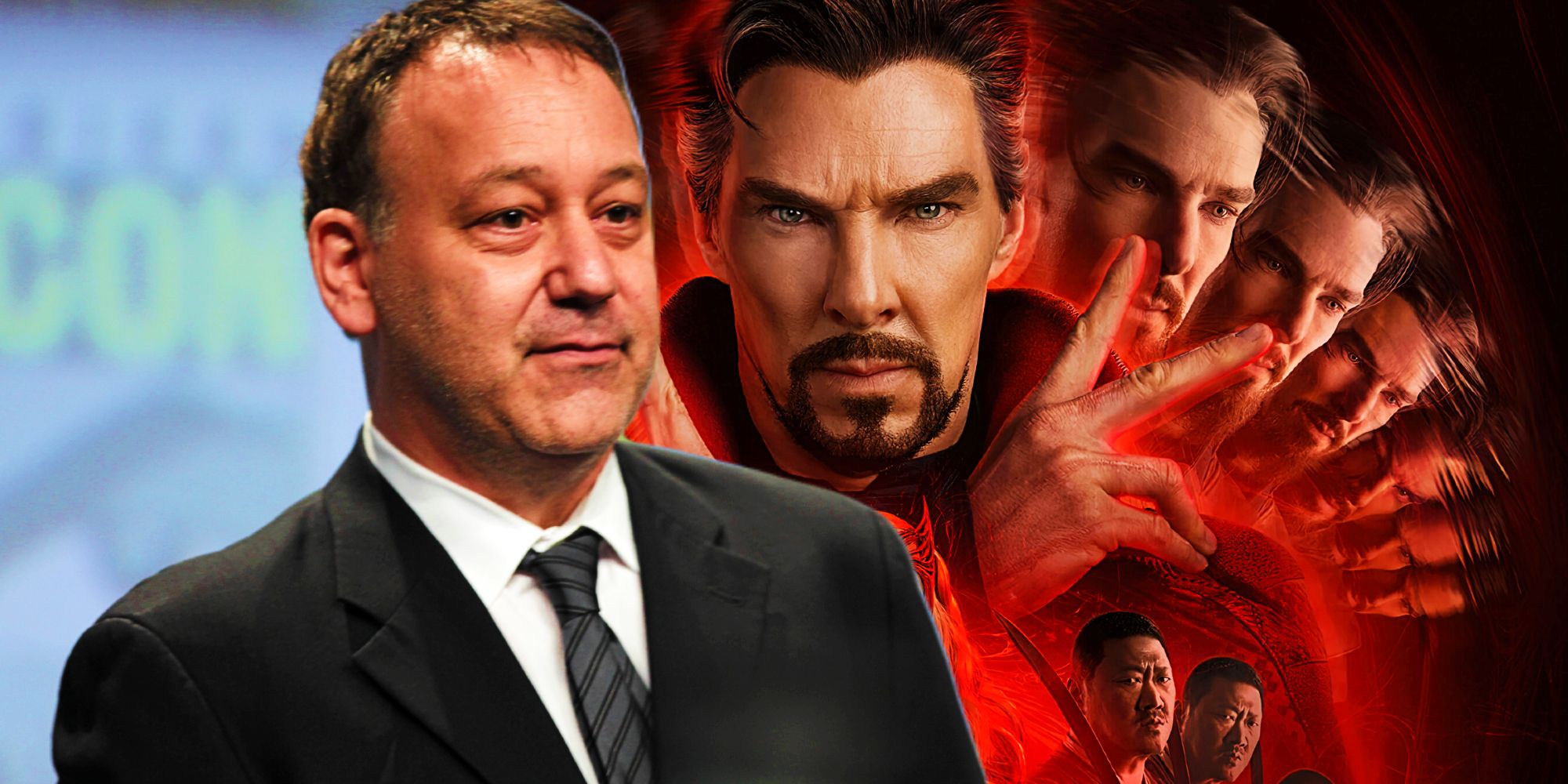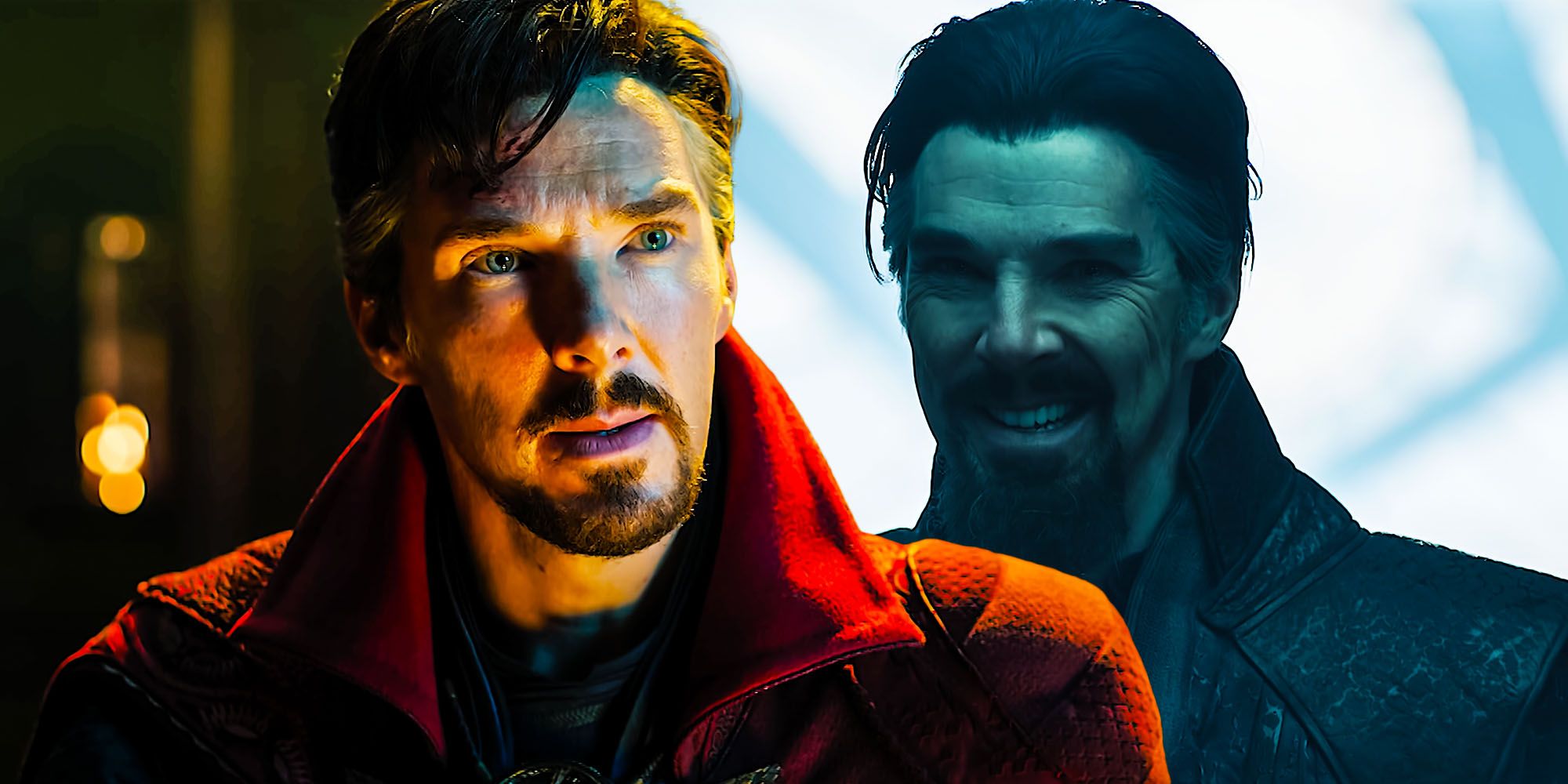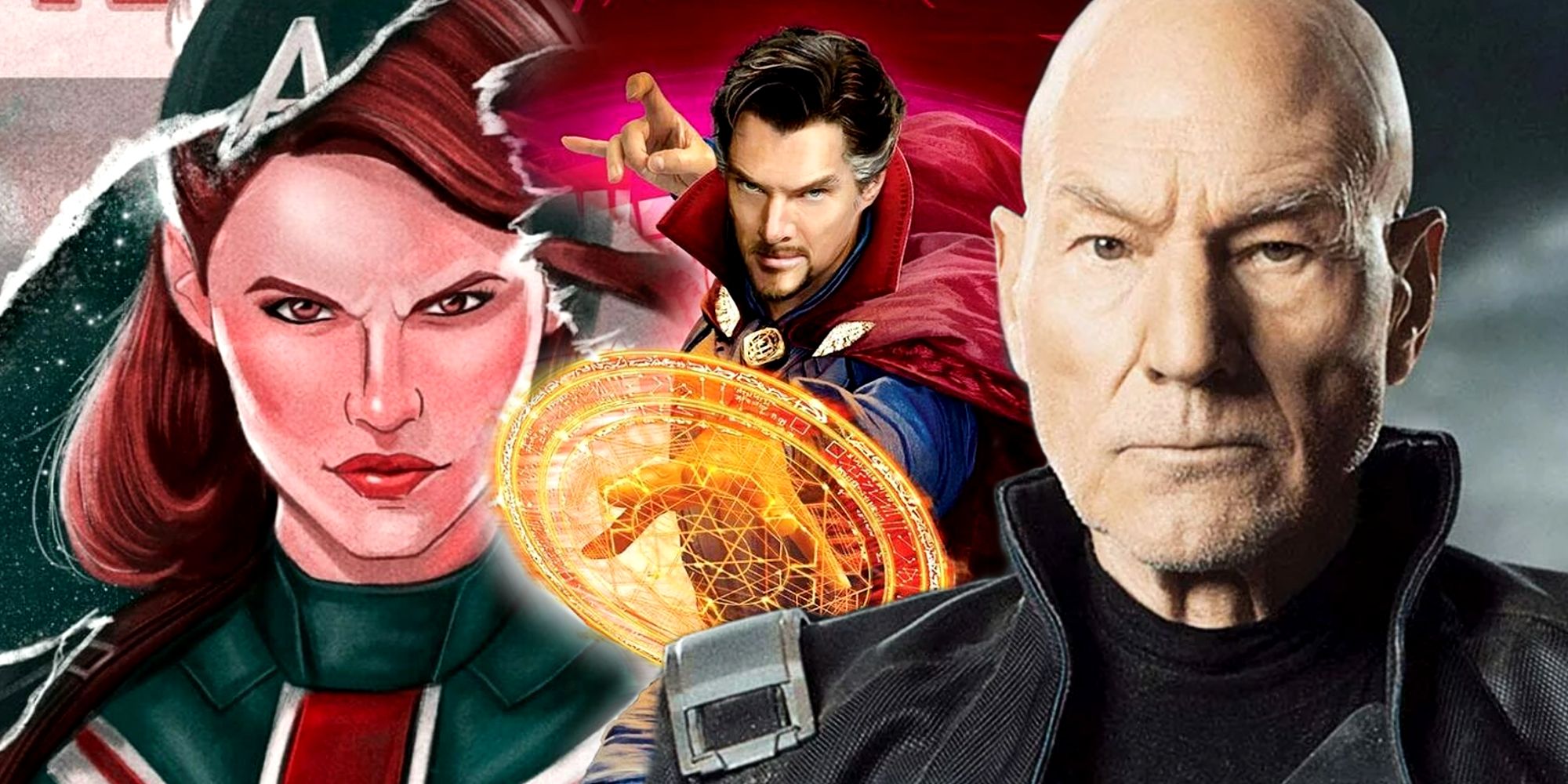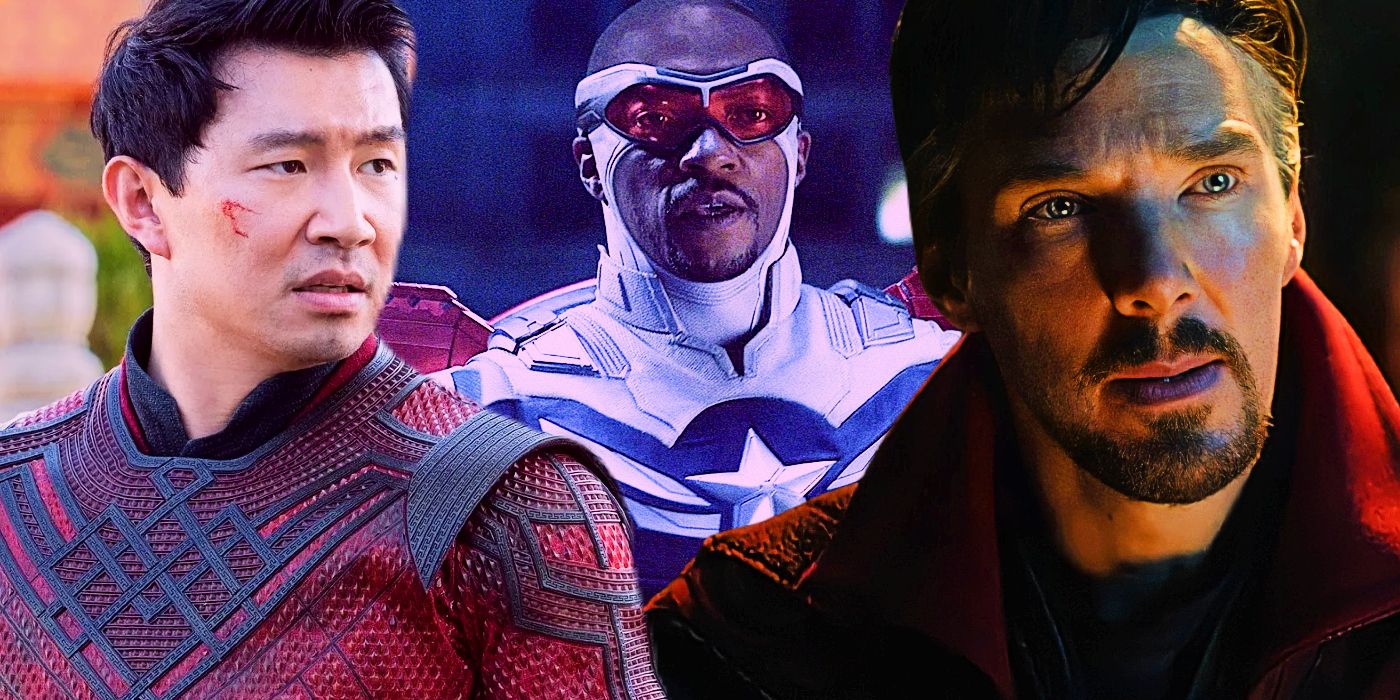Warning! SPOILERS for Doctor Strange in the Multiverse of Madness.
Sam Raimi's Doctor Strang in the Multiverse of Madness's best moments struggled to not be outshined by some well-known MCU mistakes. 15 years after Spider-Man 3, Sam Raimi is back in the superhero genre, now working within an already established franchise. Raimi replaced Scott Derrickson as the director of Doctor Strange 2 with the mission of telling a Doctor Strange story while also developing Wanda and further diving into the MCU's Multiverse after Spider-Man: No Way Home.
The announcement of Sam Raimi as the director of Doctor Strange in the Multiverse of Madness took many by surprise for two reasons. The first is that Sam Raimi's last experience in a superhero film, Spider-Man 3, involved a lot of studio meddling that caused it to be the lowest point in the lowest point in the Spider-Man trilogy. The second reason is that compared to a lot of MCU directors who have done great work in the franchise, Sam Raimi had a longer, more established career marked by a distinct tone – something that could make the collaboration with Marvel more difficult.
However, Sam Raimi's experience with the MCU appears to have been positive, as a lot of the filmmaker's signature style was present in Doctor Strange in the Multiverse of Madness. In fact, Doctor Strange 2's highlights were not exactly the major cameos such as John Krasinski as Reed Richards or the first appearance of an X-Men in the MCU, but rather the moments in which the story's pretensions were met by the director's style. On the other hand, the need to be an event-film MCU at times weighed against Doctor Strange in the Multiverse of Madness.
Doctor Strange 2 Is At Its Best When It's A Sam Raimi Movie
The idea of Sam Raimi finally returning to superhero movies after his Spider-Man trilogy was exciting, and the director proved the expectation was justified. Bringing a much-needed different approach to MCU films, Sam Raimi's Doctor Strange 2 incorporated the campiness, the corny humor, the distinct transitions, and the more "down to Earth" characters so well-known in the director's filmography. Those elements have always worked in B-horror movies, such as Bruce Campbell's Evil Dead, and Sam Raimi realized back in 2002 that they could also work in superhero films. Doctor Strange in the Multiverse of Madness also honored Raimi's horror roots with moments like Wanda crawling out of a TV akin to a slasher villain. In a movie full of cameos, in which spoilers dominated the conversation around Doctor Strange 2, the bit of authorial tone brought by Sam Raimi made for the movie's best moments.
Doctor Strange 2 Is Hurt By The MCU
From the moment Wanda was confirmed to have a major role in Doctor Strange 2, it became clear that the film would be much more than just another chapter in Stephen Strange's story. More than that, the idea that Doctor Strange 2 would delve into the Multiverse concept - something that is and will continue to be a major plot point in the MCU - indicated that the film was in danger of serving its plot more than its characters. In a way, that is what happened after all.
From the moment Scarlet Witch, now the movie's villain, attacks Kamar Taj to the post-credits scene, every minute of Doctor Strange 2 introduced new concepts, advanced the plot, and set something up for the future of the MCU. In less than two hours, Strange learned more about the Darkhold, the Book of the Vishanti, the Incursion concept, met an X-Men and a member of the Fantastic Four and ran into Clea. While Doctor Strange 2's Illuminati cameos trick make for a good Marvel experience, they got in the way of what could have been a Doctor Strange-focused story that was played in Sam Raimi's style. Similarly, Wanda's WandaVision arc about learning to let go had to be sacrificed over the necessity of setting up Scarlet Witch as a major Multiverse threat.
Doctor Strange 2 Continues A Marvel Phase 4 Problem
A recurring problem with MCU Phase 4 has been finding a balance between telling personal, self-contained stores that at the same time work as part of a larger universe. Interconnectivity and teases for the future have always been one of the MCU's strengths and perhaps the franchise's biggest draw. However, after 23 films in the Infinity Saga canon, things like lack of originality and more distinct visions started to be pointed out as a flaw of the MCU. Before Avengers: Infinity War and Avengers: Endgame, the audience was aware that the MCU was heading for a major event, which helped justify movies like Thor: The Dark World or Avengers: Age of Ultron spending part of their runtime with Infinity Stones setups.
However, after Iron Man's sacrifice and Thanos' defeat, there is currently no announced plan as to where the MCU is heading. The Multiverse is obviously a major part of Phase 4 and possibly Phase 5, but there is not a final confrontation being teased yet. In theory, this should serve to give more freedom to MCU productions and allow more unpredictable, tone-diverse movies and shows to be produced. Moon Knight, which avoided major MCU connections and focused on telling the best possible origin story for Moon Knight's Marc Spector, is an example. However, not all MCU Phase 4 productions have managed to replicate that balance – and even Moon Knight suffered from some of the same problems as other Marvel Disney+ shows.
Eternals, for example, had the potential to be unlike anything the MCU had ever produced, thanks to its director Chloe Zhao, who won an Oscar shortly before the film's release and whose filmography had nothing like a Marvel movie. Even so, Eternals clearly struggled to find its identity, trying to be both a Chloe Zhao movie and an MCU movie. Shang-Chi and the Legend of Ten Rings also brought a bit of fresh air to the MCU, but that did not stop it from failing in some old MCU tropes such as CG-spectacle ending battles. Likewise, Doctor Strange in the Multiverse of Madness had all the elements to be one of the most distinctive films in the MCU, thanks to its premise and director. However, the film ended up taking on the role of just moving the MCU plot forward and setting up concepts for the future like the Incursions – thus wasting a lot of its Sam Raimi potential.








